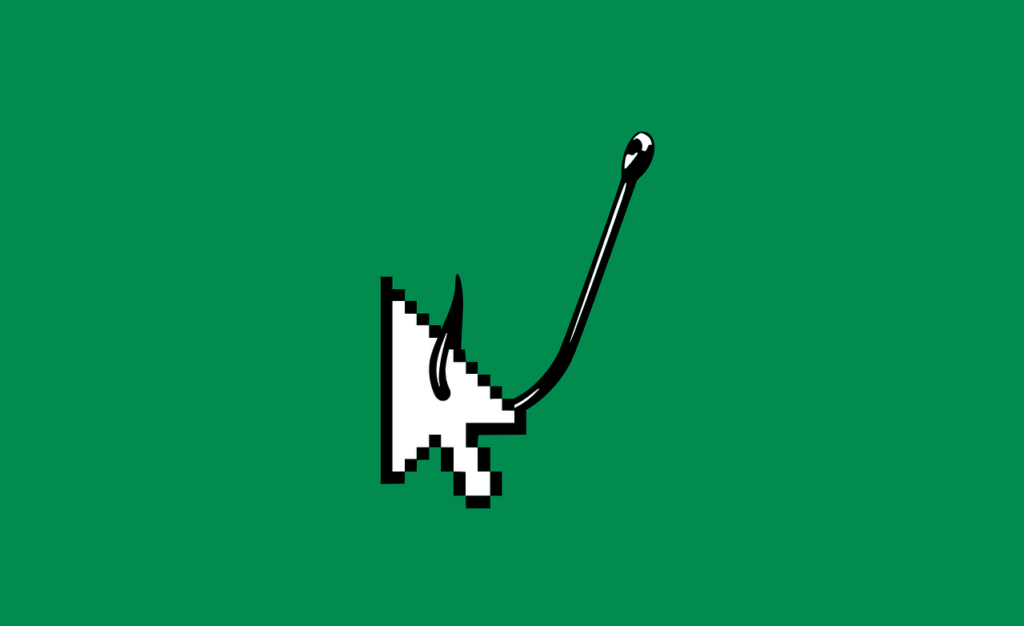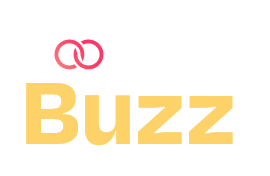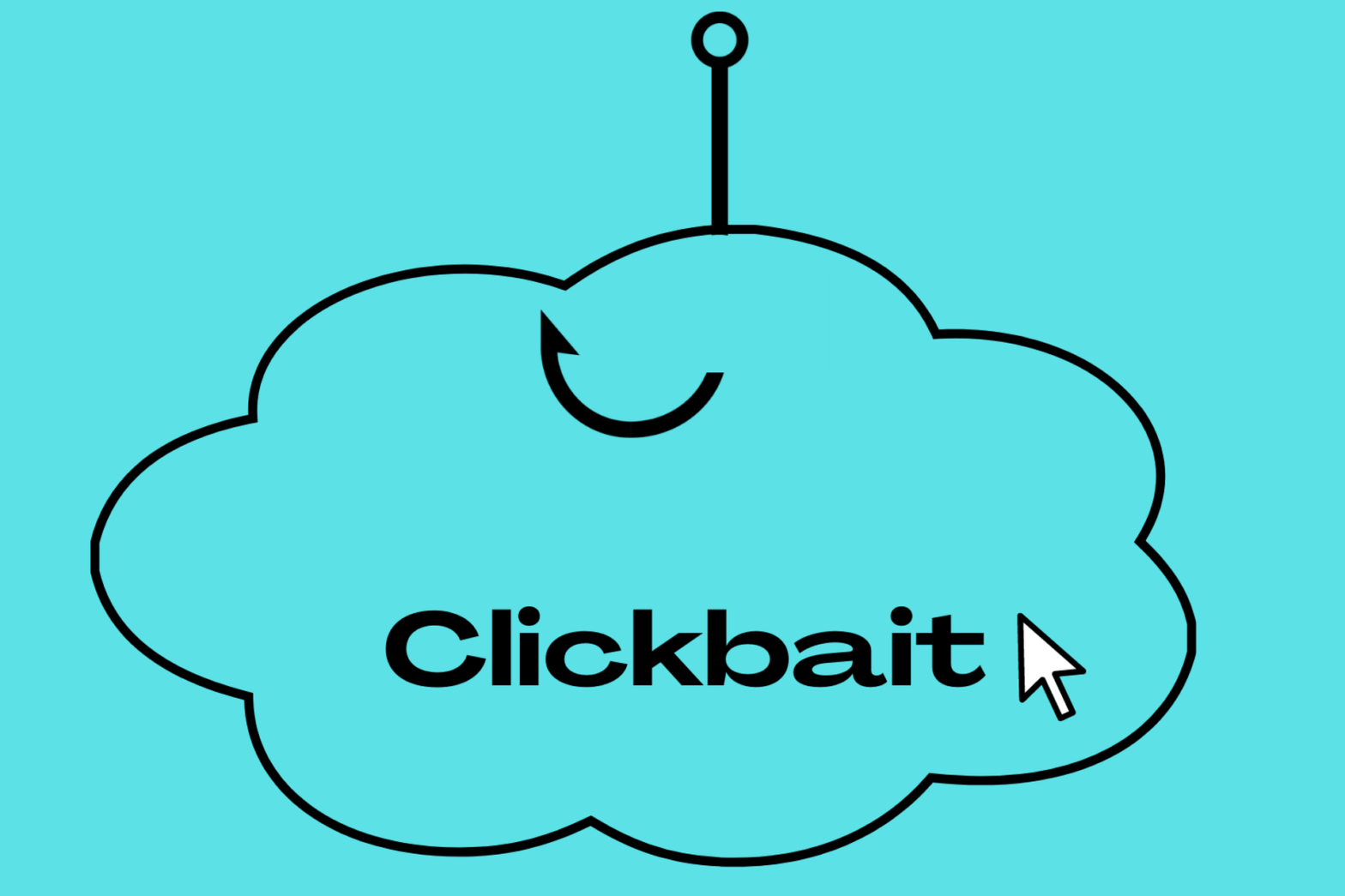Table of Contents
If you’ve ever clicked on a headline that screamed “You won’t believe what happened next!”, only to find a letdown of a story, congrats, you’ve officially been clickbaited.
Clickbait is one of those buzzwords we hear often in the world of digital content, but what exactly does it mean? Why is it everywhere? And more importantly, is it all bad? Let’s dive into the fascinating world of clickbait—what it is, how it works, and whether it deserves its controversial reputation.
Understanding Clickbait
At its core, clickbait refers to content that’s designed primarily to attract attention and encourage visitors to click on a link. It’s the online version of dangling a shiny object in front of someone to get their attention.
The goal? More clicks. More clicks mean more traffic, which often translates to more ad revenue, more views, and better visibility on platforms like YouTube, Instagram, and news websites.
Clickbait isn’t new, tabloid newspapers were doing it decades ago. But in the age of algorithms and short attention spans, it’s evolved into a digital art form (or digital menace, depending on your perspective).
The Impact of Clickbait

Clickbait has had a profound impact on how content is created and consumed. On one hand, it helps creators and media outlets grab attention in a sea of endless scrolling. On the other hand, it can lead to disappointment, mistrust, and content fatigue for users.
Overuse of clickbait can damage a creator’s reputation. When audiences consistently feel tricked or misled, they stop trusting the content—and in many cases, stop engaging altogether. Platforms like YouTube have even updated their algorithms to de-prioritize misleading content, making responsible use of clickbait more important than ever.
Characteristics of Clickbait
Clickbait isn’t always easy to spot, but most of it shares a few telltale signs:
- Sensational headlines and exaggerated claims
Think: “This One Trick Will Change Your Life FOREVER!” The drama is high, but the value? Not always. - Curiosity gap and emotional triggers
These headlines leave just enough information out to make you click: “She Opened the Door and Screamed—Find Out Why!” - Misleading or deceptive content
When the headline or thumbnail promises one thing, the content delivers something else entirely—” You won’t believe what I ate today” on a video about fashion outfits.
Types of Clickbait

Let’s break down the most common types of clickbait you’ll encounter online:
1. Headline-based Clickbait
These are the classic clickbait titles: vague and sensational.
Example: “You’ll Never Guess What This Celebrity Did Last Night!”
2. Thumbnail and Image Clickbait
Common on YouTube, this involves using eye-catching, often misleading thumbnails to get people to click.
Think: shocked faces, bold text, or irrelevant visuals.
3. Fake News and Misinformation Clickbait
This is where clickbait gets dangerous. These articles use sensational headlines to spread false or exaggerated information, often for political or financial gain.
4. Emotional Clickbait
These stories tug at the heartstrings—whether it’s a dog rescue story or a soldier surprising their family. While often wholesome, they can still be manipulative if exaggerated or out of context.
5. Listicles and Numbered Titles
Easy to consume and strangely addictive, listicles use numbers to promise value.
Example: “10 Foods That Will Help You Live Longer—#6 is a Game Changer!”
Pros and Cons of Clickbait
Pros:
- Grabs attention in crowded feeds
- Increases click-through rates and engagement
- Can drive virality and wider reach
- Useful for storytelling if used ethically
Cons:
- Can mislead or disappoint viewers
- Hurts audience trust over time
- May result in penalties from platforms (lower reach, demonetization)
- Often sacrifices content quality for traffic.
Ethical Considerations and Responsible Use
Clickbait doesn’t always have to be bad. It becomes problematic when it intentionally deceives or overpromises without delivering real value.
Responsible content creators and marketers know the trick: balance intrigue with honesty. A compelling headline should reflect the content’s value—not just trick users into clicking.
A good rule of thumb? If your audience clicks, consumes the content, and feels satisfied or informed afterward, you’re probably doing it right.
Conclusion
Clickbait is here to stay. In today’s digital landscape, where attention is currency, creators are constantly looking for ways to stand out. The key lies in using the principles of clickbait—catchiness, emotion, curiosity—but grounding them in authenticity and transparency.
Because at the end of the day, trust and quality always outlast shock and awe.

